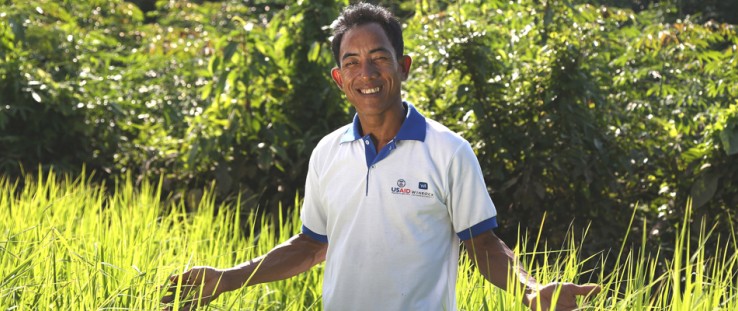 Kverk Sarak stands in his family’s rice field on community titled land.
Winrock International/SFB Project
Kverk Sarak stands in his family’s rice field on community titled land.
Winrock International/SFB Project
 Kverk Sarak stands in his family’s rice field on community titled land.
Winrock International/SFB Project
Kverk Sarak stands in his family’s rice field on community titled land.
Winrock International/SFB Project
Kverk Sarak, 56, and his family of five have lived in the Cambodian village of O’Rona their entire lives. They are part of an indigenous Bunong community that has lived for countless generations in the Seima Protection Forest in the southeastern corner of Cambodia near the Vietnam border. Like his Bunong neighbors and ancestors, Sarak uses the surrounding land to grow crops to feed his family and the forest to raise cash by producing non-timber forest products, including resin and honey.
Until recently, they were constantly threatened by the risk of land seizure by powerful or opportunistic individuals because they did not have a land title or other formal proof of ownership. In cases of land grabbing, families are often forced to migrate to new areas where they must clear more forest to establish settlements, contributing to an increasing rate of deforestation in Cambodia.
Between 2005 and 2010, Cambodia had the ninth highest rate of deforestation and forest loss—2 percent per year—of 180 countries, driven by land-use changes and illegal logging. This has threatened the livelihoods of thousands of indigenous villagers who have traditionally lived off the forest. It also has put various endangered and vulnerable species of animals and plants at risk, including Asian elephants, wild water buffalo and the Burmese rosewood tree, as well as the largest lowland dry evergreen forest remaining in mainland Southeast Asia.
While it is Cambodia’s stated policy to conserve and protect the country’s forests, the government also grants economic land concessions that can sometimes lead to increased deforestation and the eviction of communities. This threat continually hovers over families like those of Sarak’s community.
With assistance from USAID, the livelihood of Sarak’s family and his community is no longer in jeopardy. In May, Sarak’s community was awarded a community land title, providing the residents with the rights of ownership to over 1,600 acres (650 hectares) of communal forests, farmland and village land.
“Before we obtained our land title, we always had to be concerned with land issues,” said Sarak, the Bunong head of the O’Rona Community Forest Committee. “More than 247 acres (100 hectares) of our village forestland had already been illegally cleared by outsiders in the past. When we heard about land encroachment occurring somewhere near to us, we became even more nervous because we were scared that those people would come to steal our land.”
Can Ecotourism Be Far Behind?
In 2006, Sarak and the 71 other households in his community formed an indigenous community group to begin the complicated process of seeking a community land title. With the process stalled at several levels, USAID’s Supporting Forests and Biodiversity (SFB) project, which began in 2012, successfully brought community and government representatives together to complete the process.
The key to the SFB project is the use of constructive dialogue to foster trust between all stakeholders needed to make forest conservation work. “As seen through the perspective of earlier USAID programs, constructive engagement is successful if it includes indigenous communities and private sector firms, as well as local and provincial governments. This approach fosters sound management of natural forest resources and strengthens the wider economy in a sustainable manner,” said Mission Director Rebecca Black.
The project also provides training in community forest management, the sustainable use of non-timber forest products, and ecotourism development.
This dialogue between community and government representatives led to the granting of the community land title in May 2013.
Community members supported by the program now have real reasons to enthusiastically protect their forests. The land titling has afforded them a renewed security that will allow them and their children to continue their traditional patterns of forest use. Secure land rights, moreover, could lead to cultural ecotourism, including increasingly popular home stays, which, in turn, could translate into increased tourist-related jobs.
Involved in the land titling process since 2006, Pet Phaktra, a government official with the Forestry Administration, underlined the importance of the forests to the well-being of the people in O’Rona. “That [forest] protection will also assist indigenous communities to generate income from forest services provided through ecotourism development while strengthening biodiversity conservation and mitigating climate change,” he said.
SFB is now extending its support to five other indigenous villages in Cambodia to help them obtain the rights to continue managing the land they’ve lived on for generations. These communities expect to submit land claims for titling to the government within the next year, putting them one step closer to obtaining the same peace of mind as Sarak’s community.
“We are now living with confidence,” Sarak said. “We are working together to patrol the forest in order to prevent illegal activities that threaten our livelihoods. There is no one who can steal our land and we are not worried anymore. We will use these valuable resources in a sustainable manner so that they will provide long-term benefits to us and to our children.”
This article was written by staff from USAID/Cambodia’s Supporting Forests and Biodiversity project.







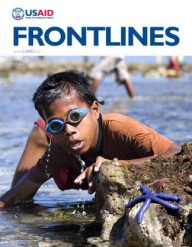

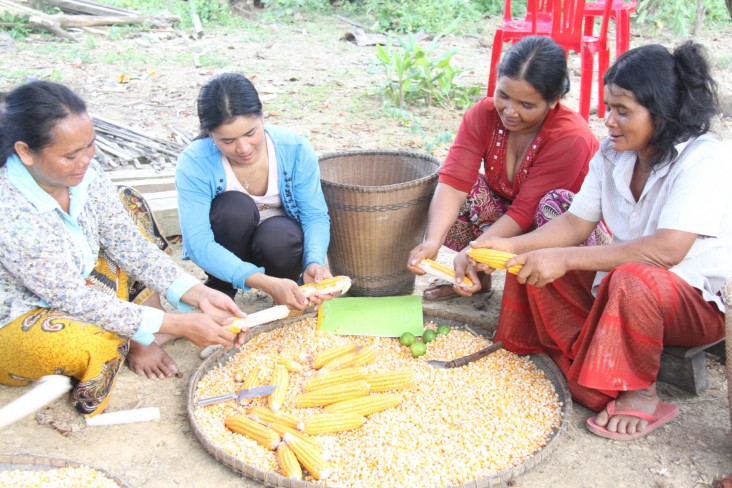

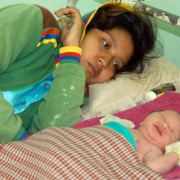
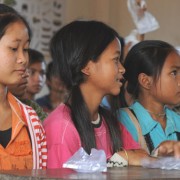
Comment
Make a general inquiry or suggest an improvement.